Blog
Everything You Need to Know About Cloud Encryption
Data encryption has been the cornerstone of cyber security. Encryption essentially transforms the data to an...
Fiber Optic Vs. Wireless Broadband: Which One Is Better?
Fiber Optic vs. Wireless Broadband: The never-ending debate is here! Before we get into the more resounding topic,...
What are the Types of Storage?
Technology is increasing, which in turn, is making data increase in quantity and in size. As new innovative technology...
Does Data Backup Help You in Any Way?
We all have heard to back up our data constantly, to always be a step forward and take the necessary action even if...
Retail Colocation vs. Wholesale Data Center – What’s the Difference ?
More and more businesses are shifting their IT ecosystem off-premises. It is cost-effective, reliable, and scalable....
The Data Storage World.
The earth has technological advancements taking place every day. A hundred years from today, no one could've imagined...
How to Fix A Hacked network Connection.
Do you doubt if anyone could hack into your network? It's the 21st century, and technically that means nothing is...
Data Center Consolidation
Organizations work better when working on strategies, especially if they are efficient. One strategy is data center...
Optical Fibers: A Revolution in The Global Communication
Optical fibers Background: The evolution of optical fiber - enabled communications networks has taken place over time....









